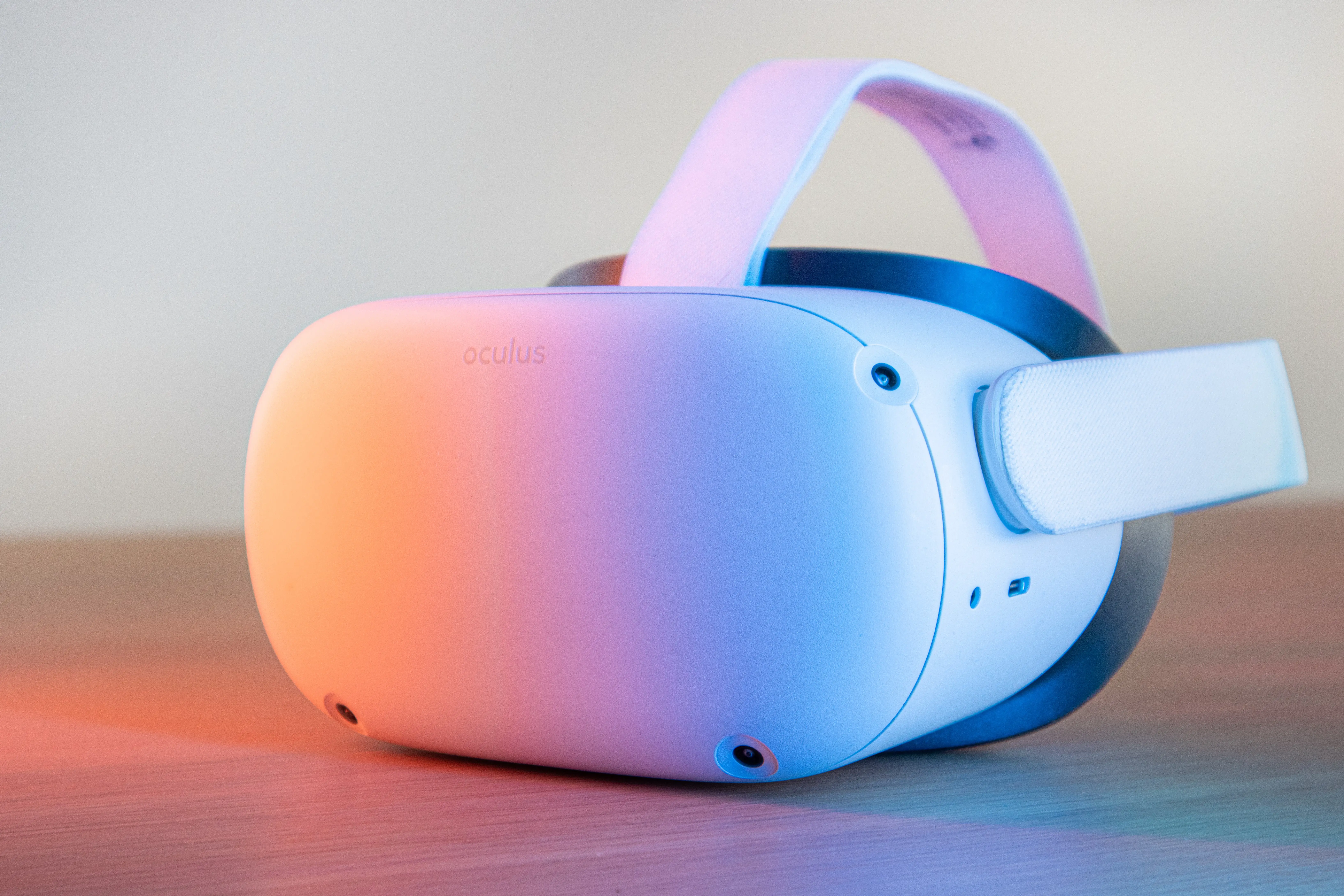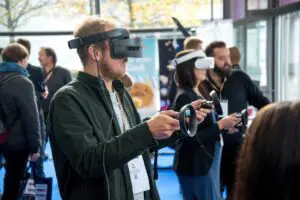In recent years, technological advancements have allowed for various new opportunities for the healthcare industry. One such development is the utilization of Augmented Reality (AR) and Virtual Reality (VR) to make health care more accessible. With the help of these technologies, healthcare providers can now offer more personalized care and provide more immersive experiences for patients. This blog will help you understand how Augmented, and Virtual Reality can make healthcare more accessible to people.
What are AR and VR?
AR technology overlays digital images, videos, and 3D models in real life. It can provide an enhanced view of the patient’s health and medical conditions. For example, a doctor can use AR to view a patient’s heart in 3D and have a better understanding of the patient’s condition. Additionally, AR can provide a more immersive experience for medical training and education.
VR is a computer-generated simulation of a three-dimensional environment that can be interacted with in a seemingly real or physical way by a person using special electronic equipment. This technology can create immersive environments to help patients better understand their conditions and treatments. VR can also provide a more engaging experience for medical training and education.
Ability to Simulate Medical Procedures and Treatments
AR and VR have become increasingly popular in the healthcare industry due to their ability to simulate medical procedures and treatments. For example, medical students can use AR &VR to practice surgery and interact with 3D models of organs and body parts. This technology can also provide more accurate diagnoses and better patient outcomes. In addition, AR & VR can provide virtual tours of medical facilities and help patients understand the layout of a hospital and other healthcare facilities.
Provide Interactive and Engaging Education Experience
Furthermore, AR and VR can be used to provide more interactive and engaging educational experiences. By utilizing these technologies, healthcare providers can create interactive lessons and simulations to help patients better understand their condition and the treatments available to them. Additionally, AR & VR can create immersive experiences that allow patients to experience medical procedures safely and realistically.
Help Reduce Cost
In addition to providing a more immersive patient experience, AR & VR can also help reduce costs. This technology can be used to reduce the amount of time that healthcare providers need to spend with each patient. By utilizing AR and VR, healthcare providers can provide more comprehensive care in less time. Furthermore, AR and VR can diagnose and treat patients remotely, reducing the need for expensive hospital visits.
The Future of AV and VR in Healthcare
The future of AR and VR in healthcare is bright. As technology advances, the potential applications of AR VR in healthcare will continue to expand. From training medical students to helping doctors diagnose and treat patients, the applications of Augmented and Virtual Reality in healthcare are seemingly endless. Augmented and Virtual Reality can revolutionize the healthcare industry and improve patient care.
Conclusion
Overall, Augmented and Virtual Reality have the potential to improve the healthcare industry significantly. By providing more immersive experiences for patients and reducing costs, these technologies can help make health care more accessible and more affordable. As AR and VR technologies continue to improve, the healthcare industry can look forward to even greater advancements in the years to come.
AR VR News provides information on the latest developments in immersive technology. We provide a platform to explore the newest trends and updates in the industry and a way to try out new applications on a smartphone or tablet. Visit our website today to stay updated with the latest Augmented and Virtual Reality developments.
Follow us on Linkedin.
Read other Articles





